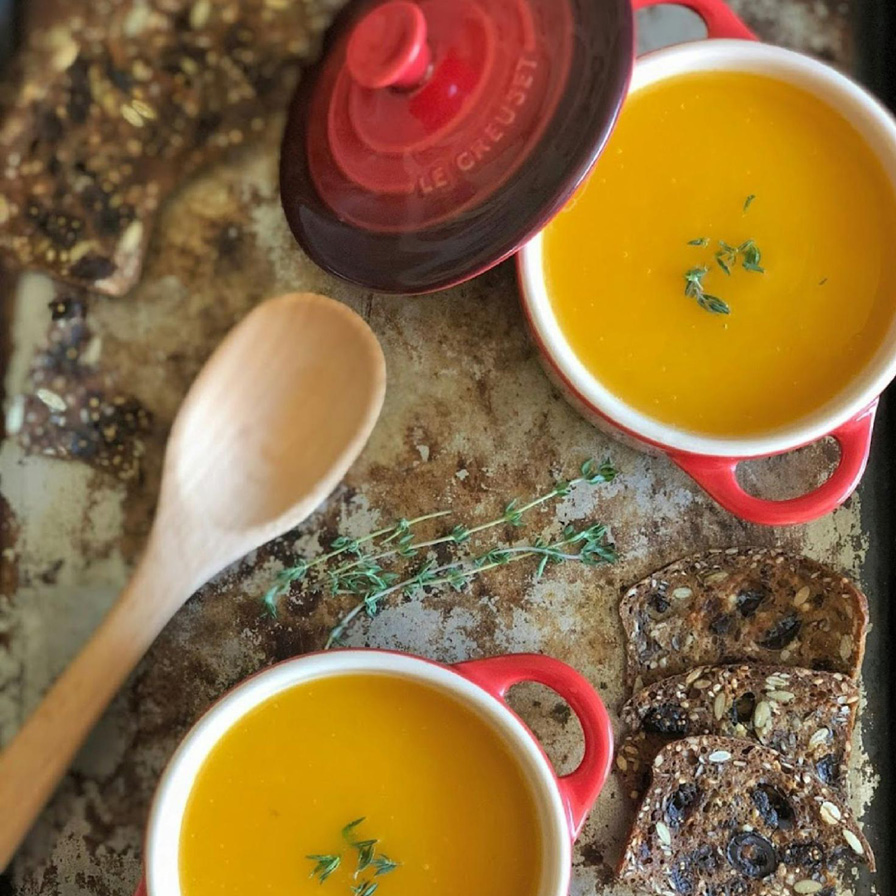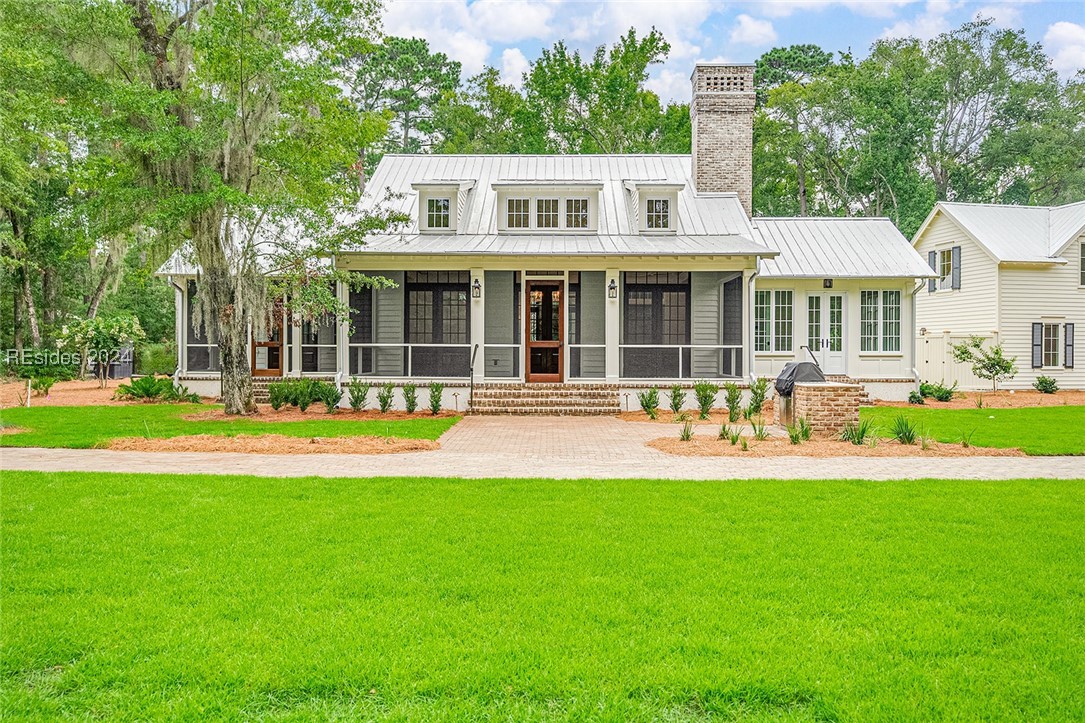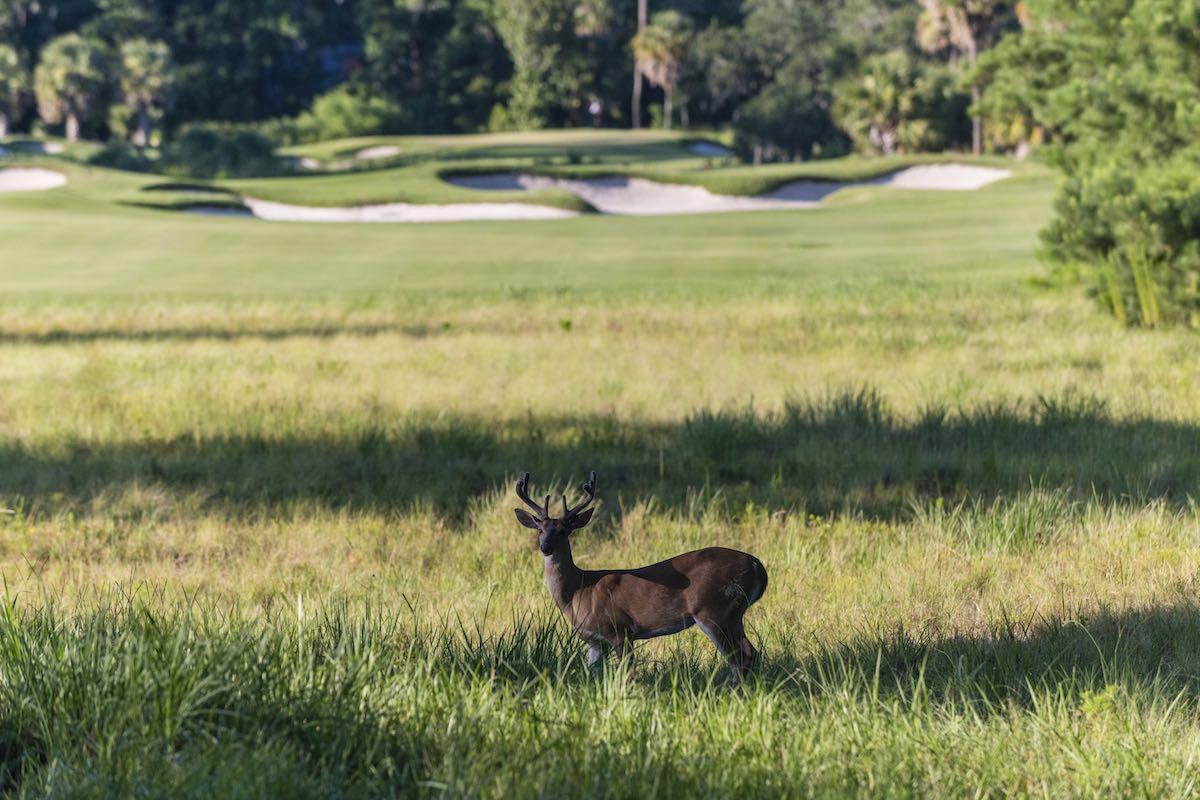Palmetto Bluff Real Estate Company Sales Office
Office Hours
Monday-Friday 9am - 5pm
Saturday 9am - 4pm
Sunday 12 - 4pm
Saturday 9am - 4pm
Sunday 12 - 4pm
Photography courtesy of Jonathan Green.
His works are as instantly recognizable as they are blissfully approachable. The vivid colors, the way they capture a Lowcountry breeze as it billows a scarf or the hem of a hoop skirt, and, most important, the simple agrarian lifestyle they reflect mark each portrait as an unmistakable work of the Lowcountry’s most celebrated artist Jonathan Green.
And while the skill behind each piece informs a body of work that has rightfully raised his profile around the world, it is the way that body of work has elevated a culture that is perhaps his biggest achievement.
“When Black people in rural communities started seeing themselves on walls, it totally changed their perspective. They felt more interested in where they came from,” he said.
For Green, knowing where he came from was just part of growing up Black in the South Carolina Lowcountry. “We were taught to know where you came from,” he said. “The average Black kid of my generation would know their family four generations back and which plantation they came from. It wasn’t a knowing of shame; it was a knowing of pride. It wasn’t about being owned; it’s what they did with the land.”
His mother, a seamstress, and his father, an educator, shared ownership of a nightclub in Gardens Corner where Green grew up, but looking back on his upbringing, he talks mostly about his grandparents—how they married young and raised six kids. His grandfather was a moonshiner and a sharecropper. His grandmother, perhaps most importantly, was one of the first to recognize the immeasurable talent brewing in young Jonathan.
“My career as an artist was almost preordained. Kids doodle when they have free time, but my grandmother recognized how much I liked drawing,” he said. His early works were crafted from scraps of coal snatched from the fireplace, but with his grandmother’s support, he was soon focusing on his craft. With success would come an early lesson in the uphill battle he would face as an African American artist.
“I won a county-wide contest for the 4-H Club in the fifth grade in segregated schools, based on drawing ability alone, because they didn’t know who submitted the artwork,” he said. That award-winning work showed a pair of Siamese kittens, his grandmother’s, batting around a ball of yarn. When it came to light that the young prodigy behind the work was Black, the response from the largely white powers that be was less than congratulatory. “At first, they did not want to recognize that a Black kid won a county-wide art contest. They refused to do interviews or feature my work in the paper.”
If young Jonathan Green had been handed a lesson in systemic racism, he chose instead to see a lesson in his own self-worth. “I didn’t focus on the fact that I didn’t get the prize. I realized then that I had enough talent to be on the level of any kid my age.”
Around this same time, he was also discovering the world beyond the bucolic borders of Gardens Corner. Green left South Carolina and lived in New York City for a few years with his mother. The bright lights and towering skyscrapers of New York City could not be any more different than the pastoral Lowcountry, but Green recalls his main impression being “I didn’t have to walk in the ditch during the day.”
“I didn’t have a culture shock. It was a moment of discovery,” he said. “I was fascinated by how well people looked. In the country, you dress for activity or comfort. In the city, people dressed for fashion. Sundays in Harlem were beautiful.”
Green eventually returned to South Carolina, where he graduated from Beaufort High School. With no specific career plans (except a love of art), he joined the US Air Force, serving as a cook. During this time, Green was encouraged to further pursue his talent and later enrolled in the Art Institute of Chicago. It was here that he was introduced to the artistic community at large and, in turn, the artistic community was introduced to the then-obscure Gullah culture of the South Carolina Lowcountry.
“When I was in Chicago, I didn’t meet one student who knew anything about South Carolina.… People saw me as a cute country bumpkin,” he said, adding with a chuckle, “which was a mistake.”
His relentless drive and talent saw him taking part in his first gallery show while still a sophomore—attracting the attention of great artists of the Works Progress Administration (WPA) period including Jacob Lawrence. Created by President Roosevelt in 1935, the WPA was an American New Deal agency, employing millions of job seekers to carry out public works projects. In one project, Federal Project Number One, the WPA employed musicians, artists, writers, actors, and directors in large arts, drama, media, and literacy projects. This laid the groundwork for an explosion of works by Black artists. Despite their progress, forty years later, Green saw a greater opportunity to express his love for his culture in the art world.
“You could drive up the Magnificent Mile and not see one painting of a person of color. All the Black artists who were well known were abstract,” he said. “My mentor, Jacob Lawrence, said, ‘Jon, sell your story. Don’t worry about what’s in vogue. If you know how to draw, you need to find your avenue.’”
He returned briefly to the Lowcountry to reconnect with the colors and the movement of the home he had left behind and also practice drawing the one bit of Southern scenery that had eluded him. “I remember thinking, ‘You mean I have to go to the Lowcountry and these tedious grasses?’” he said with a laugh. “The first time I drove back, I drove right into downtown Beaufort and sat on a marsh with a pencil trying to copy the grass.”
As you can probably see, he quickly got the hang of the wispy Spartina that signifies our little slice of the South. But, more important, he was finally able to truly inform his experiences living in and growing up among the unique indigenous culture of the Lowcountry with the keen eye of an artist he had developed under the tutelage of the greats of African American art. And the world took notice.
Soon, Jonathan Green’s works were popping up at venues not just across the South but around the world. One of the first footholds he found was in Hilton Head Island’s famed Red Piano Art Gallery. “Hilton Head was the powerhouse in promoting my work,” he said. Capturing the attention of the island’s wealthiest patrons saw not only the value of a Jonathan Green original soaring, but also the profile of the artist himself. And with each new exhibition, whether here or around the world, his status as one of the South’s most important artists grew, as did the awareness of an often-overlooked culture.
“My niche was to create a storyline of imagery, not just of people but of my culture of the Lowcountry,” he said. “I never became a painter to paint Black people but to paint the Lowcountry.”
Green now lives in Charleston, where he serves as the city’s Ambassador for the Arts and is co-chairing the city’s 350th anniversary celebration. These days, he’s found himself slipping into that mentorship role, helping African American artists find their voice and supporting them any way he can.
“Every artist needs people to support them and their work,” he said. “As an artist, helping galleries understand the Black community and helping the Black community understand galleries, that’s been my role.”
And after traveling the world and serving as an ambassador for his art and his culture, he still makes his way to Gardens Corner for service at Huspah Baptist Church on the first Sunday of every month.
Captions:
Hobcaw Barony Woman, 2013
Carrying the Harvest, 2005
Clam Diggers, 1997
End of the Harvest, 2005
Communal, 2019
Artist Jonathan Green
%GALLERY%

Tis’ the season for wrapping, and we have plenty of gifts to share from 2024! This year was filled with exciting new beginnings and continued growth at Palmetto Bluff. From two new golf courses to awards for both Montage Palmetto Bluff and FLOW...

Photos courtesy of Leah Bailey DesignPhoto credit: Kelli Boyd PhotographyAs the holiday season descends upon the Lowcountry, Palmetto Bluff becomes a festive haven, where classic Southern architecture meets personal style. Whether you prefer timeless elegance ...

Executive Chef Beth Cosgrove and Registered Dietician Lindsay Ford recently led a Healthy Cooking Demonstration for residents interested in cooking healthy, delicious food to promote wellness. Attendees left with new recipes and flavors to try at home. The But...

Photographs by Anne CaufmannStory by Barry Kaufman The story of this house begins with another.Mike and Melissa Pereyo first visited Palmetto Bluff in 2010 to visit longtime friends Butch and Debbie Floyd. The Floyds built their home here when the fringes of t...

How to Spend a Lowcountry Christmas at Palmetto Bluff There's no better way to start anticipating the holidays than by making plans to spend time with family and friends. Now that the holiday season has arrived, many look forward to embracing the Christmas sp...

Explore 130 August Lane at Montage Residences Nestled in the heart of the Lowcountry, the Montage Residences at Palmetto Bluff offer an unparalleled blend of elegance, exclusivity, and Southern charm. This private collection of homes sits amidst the lush land...

Experience Winter Wildlife This Season at Palmetto Bluff The Lowcountry is a wondrous place to live, not only for its breathtaking scenery and historical significance but also for the wildlife that inhabits it. Winter wildlife in South Carolina includes a wid...

As summer’s heavy air fades into fall’s cool breezes, our resident wildlife are busy preparing for another Lowcountry winter.In the fall, eastern wild turkeys move into habitats mostly dominated by hardwood trees such as oaks, hickories, beeches, cypresses, tu...

The Arts Initiative at Palmetto Bluff hosted an unforgettable evening in the May River Chapel this past October with our visiting Artist in Residence, multi-Grammy-winning singer-songwriter Clay Ross, founding member of the Billboard chart-topping band Ranky T...

This year’s FLOW FEST was an unforgettable celebration of art, music, and community spirit. Held on a stunning autumn afternoon by the May River, our third annual arts and music festival, hosted by The Arts Initiative at Palmetto Bluff, brought together friend...
Learn about the Palmetto Bluff Conservancy and how we keep the vision of our land in place.
On land or water, there is an ever-evolving variety of activities.
We do not attempt to independently verify the currency, completeness, accuracy or authenticity of the data contained herein. All area measurements and calculations are approximate and should be independently verified. Data may be subject to transcription and transmission errors. Accordingly, the data is provided on an “as is” “as available” basis only and may not reflect all real estate activity in the market”. © [2023] REsides, Inc. All rights reserved. Certain information contained herein is derived from information, which is the licensed property of, and copyrighted by, REsides, Inc.